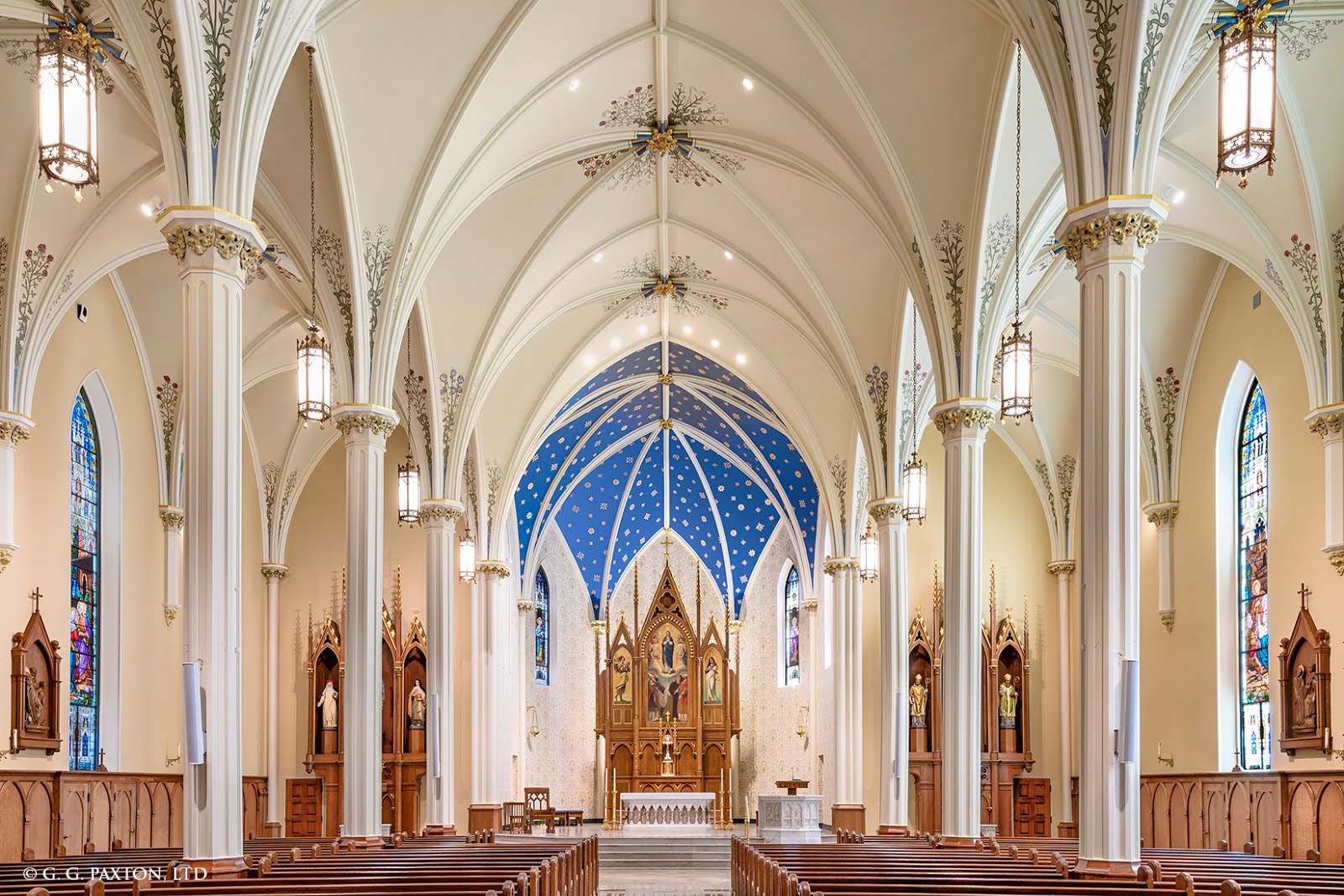Reveal the Rich Background and Harmony of Churches in Lancaster Ohio
Snuggled within the peaceful landscapes of Lancaster, Ohio, exists a tapestry of churches that not just offer as locations of praise however additionally stand as quiet witnesses to the abundant history and building marvels of the area. As we check out the midsts of Lancaster's church history, we uncover tales of strength, confidence, and the enduring heritage that continues to shape the contemporary landscape.
Historical Development of Lancaster Churches
Developed from humble starts, the churches in Lancaster, Ohio have an abundant historic development that shows the neighborhood's strong religious heritage. The very early churches in Lancaster were easy structures, typically wooden buildings where settlers collected to praise and construct their area. As the community grew, so did the churches, with several members increasing and building more sophisticated habitations to accommodate their participants.
Throughout the years, the churches in Lancaster have actually played a substantial function in shaping the town's cultural and social landscape. They have been facilities of not just prayer yet additionally neighborhood gatherings, education and learning, and assistance throughout times of hardship. Most of the churches in Lancaster have stood for generations, experiencing the town's advancement from a tiny settlement to a successful area.

Building Marvels in Lancaster Ohio
Numerous striking building marvels poise the landscape of Lancaster, Ohio, showcasing complex styles and historical significance. One such wonder is the Georgian-style Fairfield Court, constructed in 1871. Its remarkable white facade, grand columns, and clock tower make it a popular site in the city. The Sherman Residence Gallery, a Victorian mansion integrated in 1823, is another architectural treasure. With its luxuriant outlining, wrap-around patio, and historical exhibitions, it provides site visitors a glimpse right into Lancaster's past - churches in lancaster ohio.
The Decorative Arts Facility of Ohio, housed in a brought back 1835 Greek Revival estate, is a masterpiece of architectural preservation. Its elegant balance, high columns, and complex moldings exemplify the craftsmanship of the age. Additionally, the Martens Structure, a historical industrial structure dating back to 1871, boasts a blend of Italianate and Victorian building designs, adding to the city's building variety.
These building marvels not only enhance the visual allure of Lancaster yet likewise act as useful links to its rich background and cultural heritage.
Spiritual Calmness In the middle of Lancaster's Churches
Among visit our website the building marvels that elegance Lancaster, Ohio, the churches in the city provide a calm spiritual haven for residents and site visitors alike. These spiritual places of praise not only stand as icons of belief yet additionally act as havens of serenity in the busy city. Tipping right into the churches in Lancaster, such as the historic St. Mary of the Presumption Church or the stylish Very first United Methodist Church, visitors are covered in a feeling of peace and contemplation.
The spiritual tranquility located within Lancaster's churches supplies a moment of reprieve from the needs of day-to-day live, inviting people to reflect, meditate, and discover solace in their belief. churches in lancaster ohio. Whether one looks for a quiet area for individual prayer or a neighborhood to share in praise, the churches in Lancaster satisfy a varied series of spiritual requirements
In a world loaded with sound and diversions, the churches in Lancaster, Ohio, stand as beacons of calmness and reflection, offering a room where individuals can get in touch with their inner selves and find spiritual revival.
Area Influence of Lancaster Churches
Lancaster churches play a crucial function in shaping and improving the neighborhood neighborhood through their various outreach programs and services. These churches function as pillars of support, using support to those in requirement and fostering a feeling of belonging among homeowners - churches in lancaster ohio. Through campaigns such as food drives, apparel donations, and shelter stipulations, Lancaster churches proactively deal with issues of hardship and homelessness within the neighborhood
Moreover, Lancaster churches often arrange area occasions and gatherings that promote unity and togetherness. These events offer chances for people from all profession to come together, share experiences, and develop lasting relationships. By promoting a sense of neighborhood spirit, Lancaster churches add to the general wellness of the locals and produce a helpful setting for all.
Heritage Preservation Efforts in Lancaster
Having actually developed themselves as important pillars of the neighborhood, the churches in Lancaster, Ohio, have actually been actively participated in protecting the rich heritage of the region through devoted initiatives and campaigns. These heritage preservation endeavors are essential in preserving the historical relevance and architectural appeal of the churches for future generations.

In addition, neighborhood outreach programs organized by the churches play a crucial role in heritage conservation. These programs not only enlighten the public about the historic importance of the churches but also involve volunteers in preservation activities such as archival research study, artifact conservation, and led historic tours. By entailing the area in these initiatives, the churches foster a feeling of stewardship and collective duty towards maintaining Lancaster's abundant heritage.
Conclusion
To conclude, the churches in Lancaster, Ohio, are not just historical landmarks with architectural importance however additionally act as spiritual refuges for the community. Their impact goes past simply religious solutions, as they play a vital duty in preserving the heritage and background of the area. With their rich background and serene environment, the churches in Lancaster remain to be an important component of the area, showcasing the relevance of belief and custom.